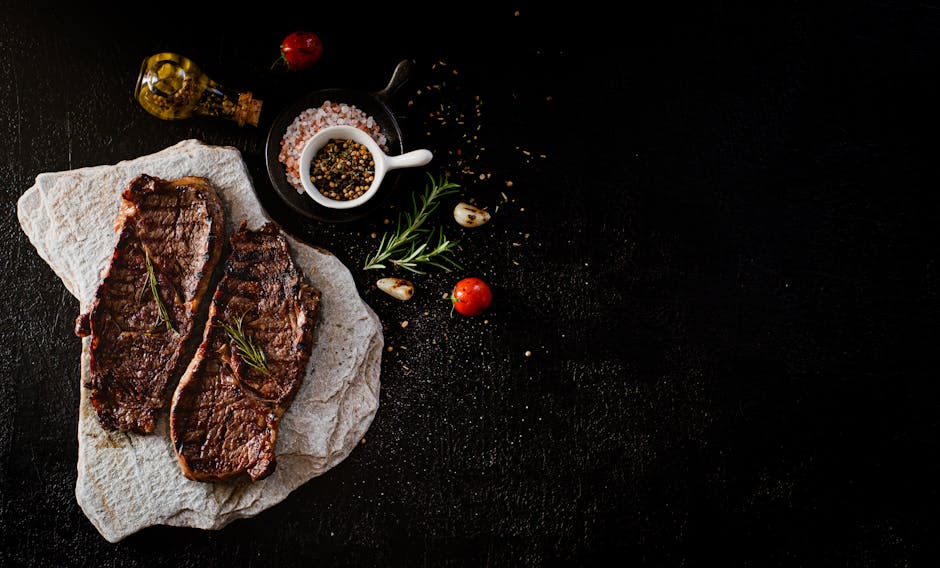What is Table Salt and Why Are Additives Added?
Table salt, primarily sodium chloride (NaCl), is a ubiquitous kitchen staple. However, the salt we find in supermarkets isn’t just pure sodium chloride. Manufacturers often add substances to enhance its flowability, prevent caking, and improve its overall quality. These additions, known as table salt additives, are the subject of this in-depth exploration. Understanding these additives is crucial for making informed choices about the salt we consume.

Common Table Salt Additives: A Detailed Look
Several additives are commonly used in table salt production. Let’s examine some of the most prevalent:
1. Anti-caking Agents:
These agents prevent salt crystals from clumping together due to moisture absorption. The most common anti-caking agents include:
- Magnesium carbonate: A naturally occurring mineral that absorbs moisture, preventing clumping.
- Calcium silicate: Another desiccant that absorbs moisture, keeping the salt free-flowing.
- Silicon dioxide: Also known as silica, this is a very effective anti-caking agent.
These additives are generally considered safe for consumption in the small quantities present in table salt. However, individuals with specific dietary restrictions or allergies should always check the product label.
2. Iodine:
Iodine is a crucial micronutrient, essential for thyroid hormone production. Iodine deficiency can lead to various health problems, including goiter and hypothyroidism. To combat iodine deficiency, many countries mandate the addition of iodine to table salt, typically in the form of potassium iodide or sodium iodide.
Iodized salt has been instrumental in preventing iodine deficiency disorders worldwide. The amount of iodine added is carefully regulated to ensure adequate intake without exceeding safe levels.
3. Ferrocyanide:
Yellow prussiate of soda, or sodium ferrocyanide, is another common additive used as an anti-caking agent. While its name might sound alarming, it’s generally considered safe at the levels used in table salt production. However, some individuals express concerns about its potential toxicity at higher doses, leading some to prefer non-iodized, unprocessed sea salt.
4. Flour (as an anticaking agent in some regions):
While less common than other additives, in certain regions, flour is sometimes included in table salt production to prevent caking. It serves a similar purpose to other anti-caking agents, but it should be noted on the product labeling.
The Debate: Are Table Salt Additives Harmful?
The safety of table salt additives is a subject of ongoing debate. While the quantities used in table salt are generally considered safe by regulatory bodies like the FDA (in the US) and EFSA (in Europe), some concerns remain. These primarily center around:

1. Potential long-term effects of anti-caking agents:
While short-term consumption is considered safe, some research calls for further investigation into potential long-term effects of consuming these agents, though conclusive evidence of harm is currently lacking. More research is needed to definitively establish any potential long-term effects.
2. Iodine intake and potential adverse effects:
While iodine is essential, excessive iodine intake can also lead to health problems. This is why the amount of iodine added to table salt is carefully regulated. Individuals with thyroid conditions should consult their doctors before consuming iodized salt.

3. Individual sensitivities and allergies:
Some individuals may have sensitivities or allergies to certain additives. Careful attention to food labels and ingredient lists is crucial for those with known sensitivities. Always check the label to ensure the product is suitable for your dietary needs.
Alternatives to Table Salt with Additives
For those seeking alternatives to table salt with additives, several options exist:
- Unrefined sea salt: Sea salt usually contains fewer additives than table salt. However, it’s important to check the label. The iodine content may vary depending on the source.
- Kosher salt: Often minimally processed, kosher salt usually doesn’t contain additives. It has a coarser texture.
- Himalayan pink salt: This type of salt is known for its pink hue and is often touted for its trace minerals. However, it is important to be aware that the mineral content can vary significantly.
Always check the labels to ensure the salt you are buying meets your specific dietary needs and preferences. It’s vital to be aware of the amount of sodium you are consuming regardless of the type of salt.
Conclusion: Making Informed Choices
Table salt additives are a significant part of modern food production. While generally recognized as safe by regulatory authorities, understanding their purpose, potential effects, and alternatives empowers consumers to make informed choices that align with their individual health needs and preferences. Paying close attention to food labels and consulting with healthcare professionals when needed remains the best approach to ensuring a healthy diet.
Further research into long-term effects of specific additives is necessary to provide consumers with even greater clarity and confidence in their selection of table salt.

